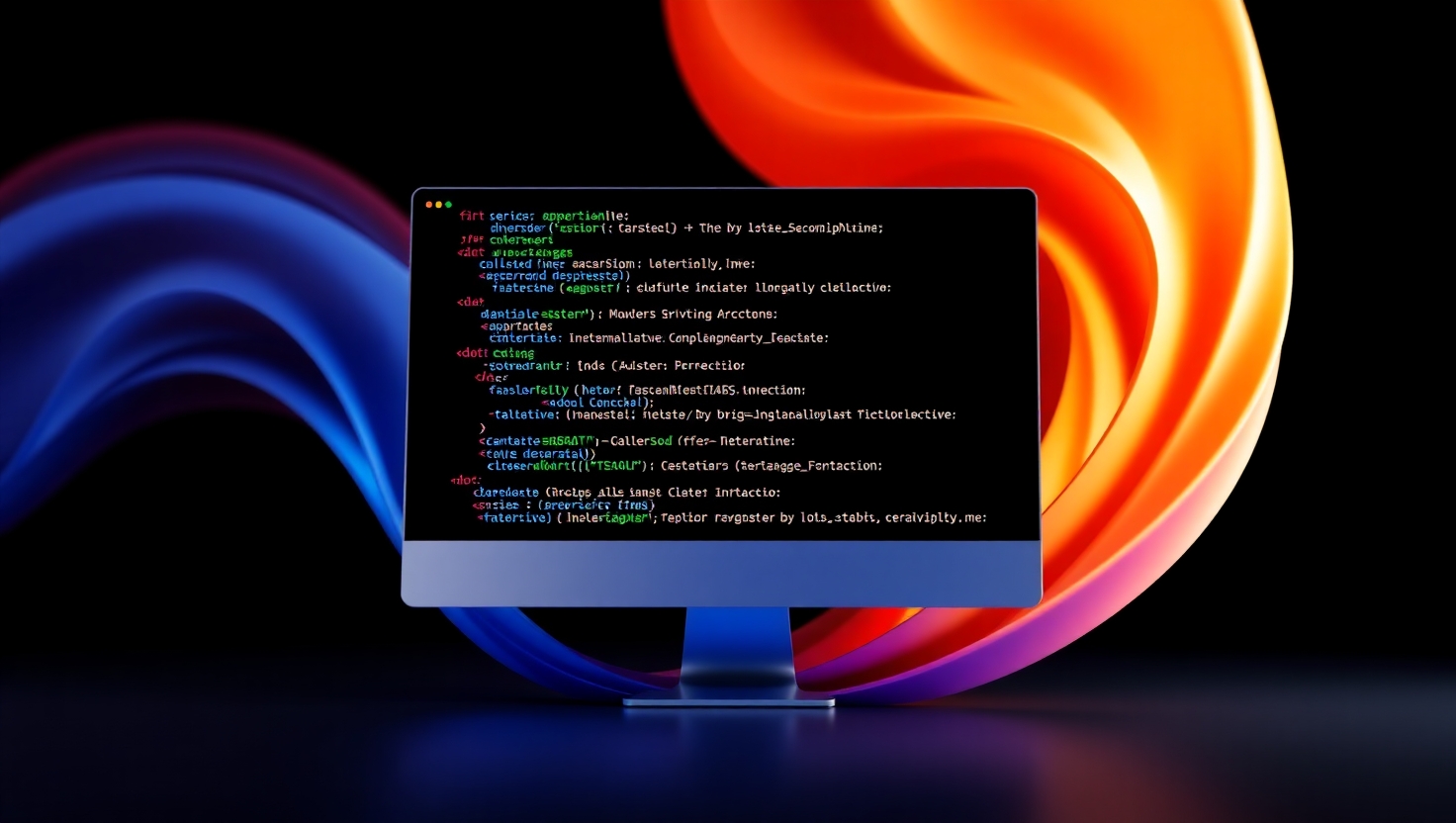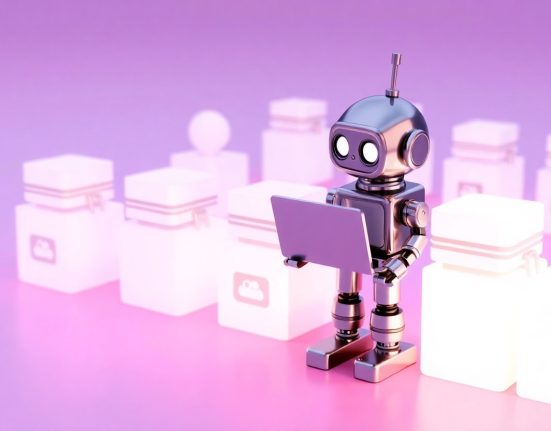Ever since language models like GPT entered the scene, software development has gone through a quiet but powerful revolution. It’s hard to describe the feeling of writing a complex line of code, pausing for a second, asking the model for help – and instantly getting a solid, clear suggestion, often cleaner and smarter than what I had in mind. It’s not just assistance – it feels like having a partner. A smart, patient one, always ready to recheck, explain, rephrase, or think creatively with me.
Back in the day, whenever I ran into a coding issue or tried to understand a new library, I’d end up digging through endless forums, reading scattered documentation, and sometimes just giving up. But now, thanks to models like GPT, I can ask a question in plain English and get a focused answer – often with a full code snippet that fits right into what I’m building. The information was always out there, but the accessibility and natural flow of communication save hours.
But the real shift goes deeper than convenience. These models are changing how we design software. There’s way more room for experimentation – you can draft an idea, ask the model to improve it, explore different versions, understand the trade-offs – and all of it happens as part of the development flow, not as a separate phase. Even beginners who lack confidence or experience can suddenly build real things. They don’t need to memorize perfect syntax – they learn by doing, with real-time feedback that’s clear and practical.
What really surprised me was how well these models understand context. I can describe my issue briefly, without spelling out every detail, and the model often fills in the blanks. It gets the intent, the environment, the language, the style – and outputs something that just fits. It’s not just reactive – it’s intuitive.
To me, these tools open the door to a new way of building. A world where ideas don’t get stuck because of missing technical knowledge. Where you can try things, test directions, build complex systems without getting paralyzed by the unknown. It doesn’t replace deep programming skills, but it lets experienced developers focus more on logic, planning, and creativity – and less on the repetitive or tedious stuff.
At the end of the day, I don’t see GPT and similar models as just tools. They’re collaborators. They help me think, create, learn. And for anyone curious enough to explore them – there’s a whole world of possibilities waiting. It’s exciting. It’s transformative. And it’s only the beginning.














